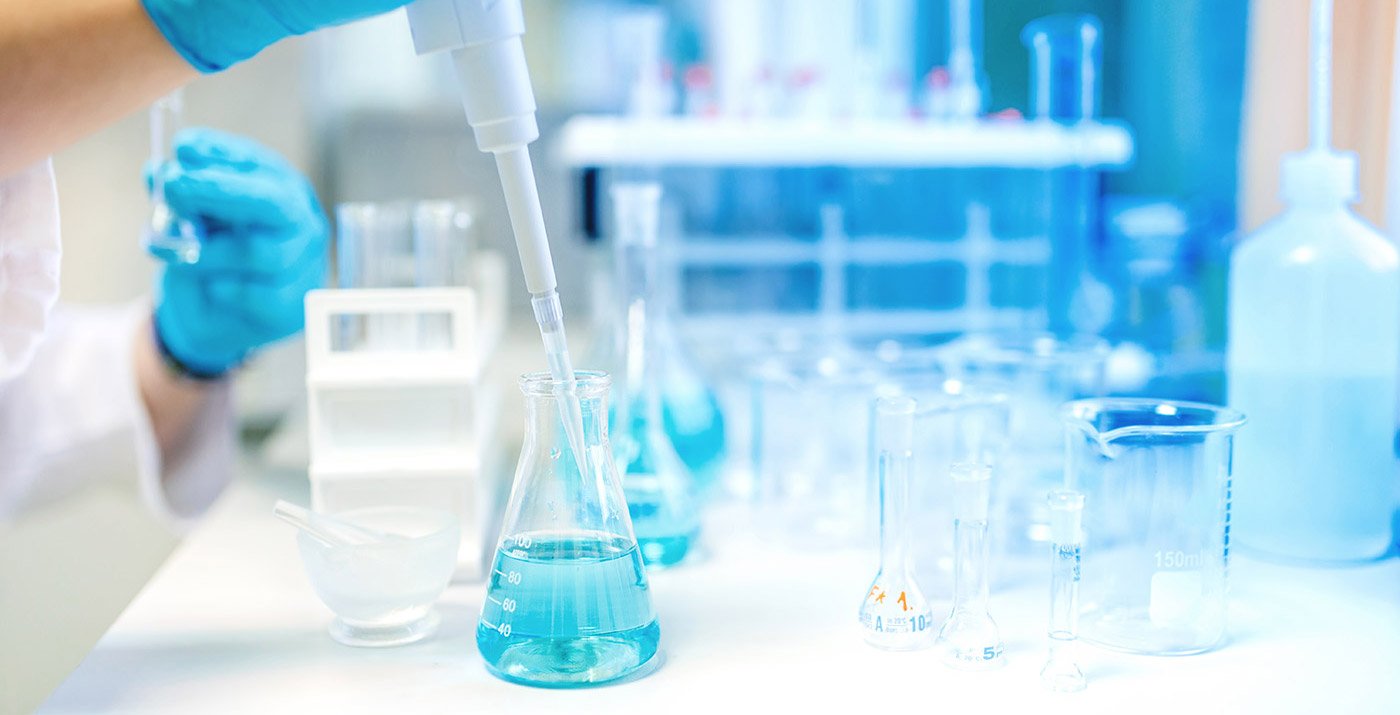About
FDA Approval for Stem Cell Therapy

The FDA and stem cell therapy
The food and drug administration is the regulatory agency for many medical procedures, drugs and devices. This agency helps to make sure the public is safeguarded against fraud, mislabeled medical products and to make sure safety is maintained.
Is there too much hype around stem cells?
If you look around the internet you will see many claims made by unscrupulous practitioners regarding stem cells which seek to exploit the excitement around the potential for stem cell therapies purely for financial gain. Many of these clinics operate off shore to avoid the reach of the FDA. Some arrests have been made and prosecutions pursued.
Stem cells and safety concerns
The FDA has a tough balance to maintain in the sense that they need to regulate safety concerns without suppressing research which may bring medical advances. Stem cell research and the treatments using cellular therapy struggle to illustrate this balance well.
Stem cells and FDA jurisdiction
One decision regarding stem cells is the determination if stem cells or stem cell products come under the jurisdiction of the FDA. The issue has to do with the distinction between what is a doctor’s practice and what is a regulated procedure like a drug. The FDA has no right to regulate a doctors practice and probably no desire. As example plastic surgeons transplant tissue with skin grafts from one part of the body to another. This is using the same persons tissue and moving it to another part of the body. The plastic surgeon may modify that tissue such as expand the skin to be transplanted with a mesh. This is the practice of surgery and medicine. Yet when such tissue is sent to a lab processed regrown and the like then it falls under the FDA. Exactly where this line is drawn is fuzzy at times.
Stem cells derived from your own body
At the Hawaii Stem Cell Treatment Center we take your own bodies fat cells and minimally manipulate them in the sense that we spin them in a centrifuge to separate out the components and use the component which contains the mesenchymal stem cells, as well as some of the healing factors. This is called Stromal Vascular Fraction (SVF). This SVF is what is used in our protocol. Cell counts are done, so that we can better document results for research. This we feel meets the definition of a surgeons practice. All of this is done in closed sterile collection system used by our network.
How are stem cells processed?
At other facilities these cells may be taken then processed and new cells grown or extensively chemically manipulated, over the course of a few days or a weeks to increase the number of stem cells. This we feel falls far beyond the bounds of minimal manipulation which is one criteria used by the FDA to determine if this falls within their regulatory capacity.
Are stem cells a drug?
 We have noticed some critics have claimed the stem cells obtained from someone are a drug, a new biological drug. They also claim since these stem cells are placed in a new place in the body they are a drug or present some safety issue. We feel that this is not the case no more than a skin graft is a new drug or many surgical procedures such as autologous bone grafts which have been crushed and used or many of the other procedures used by surgeons rearranging tissues are. The perfect example is vein grafts in cardiac bypass surgery. Here a vein which is not normally found to carry arterial blood is used and has been for many years in a new use for the body. That is carrying oxygenated blood in a new spot on the heart when before that vein only carried non-oxygenated blood. We believe rearranging tissue, where stem cells and healing factors are found, placing them in a new spot of the body is essentially the same thing. This does not fall under FDA regulations but under the practice of medicine and surgery.
We have noticed some critics have claimed the stem cells obtained from someone are a drug, a new biological drug. They also claim since these stem cells are placed in a new place in the body they are a drug or present some safety issue. We feel that this is not the case no more than a skin graft is a new drug or many surgical procedures such as autologous bone grafts which have been crushed and used or many of the other procedures used by surgeons rearranging tissues are. The perfect example is vein grafts in cardiac bypass surgery. Here a vein which is not normally found to carry arterial blood is used and has been for many years in a new use for the body. That is carrying oxygenated blood in a new spot on the heart when before that vein only carried non-oxygenated blood. We believe rearranging tissue, where stem cells and healing factors are found, placing them in a new spot of the body is essentially the same thing. This does not fall under FDA regulations but under the practice of medicine and surgery.
Our protocols have a history of safety and appear to be effective though at this time we are still studying and make no claims of effectiveness or safety in the long term. That is why all of the procedures here are considered part of our ongoing clinical study.